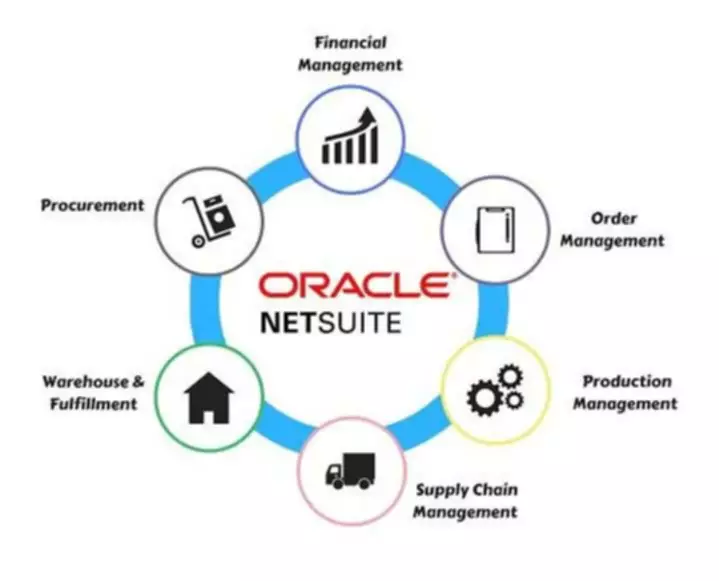Content

This means that the cap rate can be broken down into two components, the discount rate, and the growth rate. That is, the cap rate is simply the discount rate minus the growth rate. Typically, investors view properties with a lower cap rate as less risky but should expect a longer timeframe to recoup their initial investment. As an investor, you should take some time to consider what an acceptable cap rate is for properties in your portfolio. With a number in mind, you can quickly pass on properties that don’t meet your risk tolerance.
- They are the basic valuation metric for commercial real estate that showcases the return an investor can expect to earn on a potential property investment.
- Over the ensuing decade, actual growth exceeded expected growth by a large margin and credit risk diminished.
- The CAP rate is shaped by the net operating income and the appraised value of the property.
- In commercial real estate, investors are seeking a return on their investment.
- It’s a pre-tax figure that accounts for maintenance and other operational costs.
- For example, if a property comes with a 10% cap, it will take 10 years for the investor to recover his investment (called “fully capitalized”).
- If Cap Rates seem to be compressing, investors can assume that values are being bid up.
- Financial models can help investors predict a property’s value at the time of sale, or disposition, after development or at the end of the holding period.
Calculating the cap rate can be useful in a plethora of different situations. One of the most common situations where the cap rate should be calculated is when an investor is interested in a property that is going to produce regular, consistent income. In the next section, we will be discussing why cap rates are useful and how to interpret them to help determine your next investments.
Save Time With PayRent
Going-in-cap rate is the cap rate based on the ratio of the first year of net operating income to the property purchase price. This is very easily determined by simply looking at similar properties in the area and using some of those numbers. Or, the investor can use the property’s actual listing price as the current fair market value. The net operating income is essentially the gross rental income minus the total operating expenses.
These property types are then divided even further based on more specific characteristics. You never know what you’ll get, unless you take into account the factors influencing it. These built-in limitations don’t render the Gordon Model useless, but you do need to be aware of them. Always make sure you understand the assumptions you are making in an analysis and whether they are reasonable or not. Apply online for expert recommendations with real interest rates and payments. Fannie Mae and Freddie Mac loans have a nationwide footprint and offer consistency regardless of market conditions.
Cap Rate Example
Keep in mind that while the Capitalization Rate can be an incredibly useful tool for predicting market trends and evaluating property investments, there are limitations to its use. First, when using the Cap Rate to compare the potential return on investment for multiple properties, it is critical to keep in mind that the properties should be similar. Compare investments – By comparing Capitalization Rates, an investor can quickly determine which properties would provide a higher return, and therefore have a higher risk premium. Alternatively, the property with a cap rate of 5% presents less risk, but also a smaller potential return on investment.
- This is the same concept of the capitalization approach that is used to calculate what an investment in a rental property should be.
- The value of the investment may fall as well as rise and investors may get back less than they invested.
- The above representation matches the basic formula of the capitalization rate mentioned in the earlier section.
- Instead, cap rates are best used as a comparison metric against similar properties.
- When investors are looking to save money by restructuring mortgage agreements, cap rates can indicate the property’s value through the loan-to-value evaluation.
- This formula is helpful for painting a better picture of the overall value, though it does rely on estimates.
The cap rate can help investors spot a potentially attractive investment opportunity. Many other factors can impact cap rates, including interest rates, the macroeconomic outlook, and investor demand. Because of that, the definition of a good cap rate can change as those outside factors shift. Here’s a closer look at the cap rate and its importance to real estate investors. Depreciation in the tax and accounting sense is excluded from the valuation of the asset, because it does not directly affect the cash generated by the asset.
Calculating The Cap Rate
As a result, cap rates are no more accurate than stock market predictions; they are subject to an inherent degree of error and should be taken with a grain of salt. I repeat, cap rates are not 100% accurate; cap rate defined they are merely used to estimate one’s potential return on their investment. That said, a properly estimated cap rate is invaluable when supported with due diligence and acute attention to detail.
What cap rate is too high?
In real estate, a low (less than 5%) cap rate often reflects a lower risk profile, whereas a higher cap rate (greater than 7%) is often considered a riskier investment. Whether an investor deems a cap rate “good” is a direct reflection of whether or not they think the investment's return matches to the perceived risk.
The cap rate formula also helps to determine what a business might be valued at or to determine how long income can be derived from an investment asset. A “normal” cap rate can vary widely, depending on the property type, the real estate market, the investor’s negotiating power, and a lot of other factors. The capitalization rate or “cap rate” is used in real estate to determine the value of an income producing real estate property. This is done by taking net operating income (NOI) and dividing it by the capitalization rate. Expected returns change over time and are impacted by both the availability of alternative investment options and long-term bonds, the ‘risk-free’ investment option. If an investor can generate 4% from a 10-year treasury bond, then they will certainly expect a higher return from riskier assets.
Get the facts about fourplex investing to make the most of your purchase. The Historic Tax Credit (HTC) program can help convert commercial properties into much-needed housing. See how JPMorgan Chase’s HTC investment helped rehabilitate Northern Light Mercy Hospital in Maine. Whether you want to invest on your own or work with an advisor to design a personalized investment strategy, we have opportunities for every investor.

In investment real estate, the cap rate is the standard used in investment real estate practice to understand pricing and gauge expectations of returns in commercial real estate markets. The cap rate is used to set prices, compare real estate investments, and analyze commercial real estate markets. It is the most practical and common pricing standard used in the industry. The capitalization rate is a ratio that lets investors compare real estate investment options.
What Affects the Cap Rate?
It is also not very useful if the investor is simply interested in flipping the property for a profit. On the other hand, the NOI generated by the Class C office property in the tertiary market could decline due to a lack of tenant demand and higher potential maintenance expenses. The cap rates on multifamily and industrial investments are lower than on office and retail properties. Cap rates also tend to be lower on Class A properties compared to Class B or C. Likewise, commercial properties in primary markets tend to have lower cap rates than those in secondary and tertiary markets. The cap rate of a property is determined based on the potential revenue and the risk level as compared to other properties.

The Net Operating Income is calculated in the pro forma cash flow statement, or is known from the rental property’s financial statements. The capitalization rate equation is useful to determine a cap rate or a market value, but it’s generally not used to calculate NOI. However, https://www.bookstime.com/ the cap rate equation can also be used to solve for net operating income if the cap rate and sales price are known. When using the cap rate equation to calculate net operating income from the cap rate, the NOI equals the property value multiplied by the capitalization rate.
